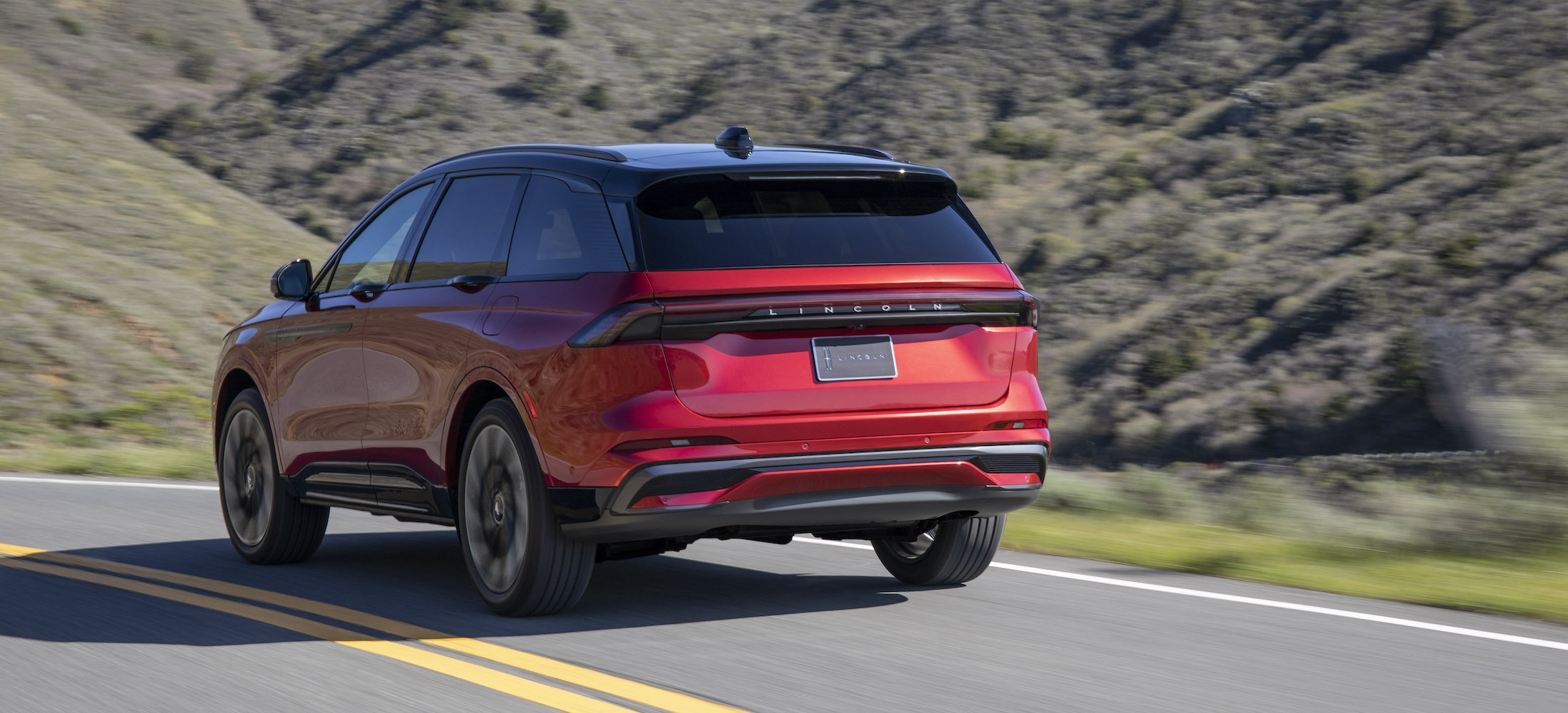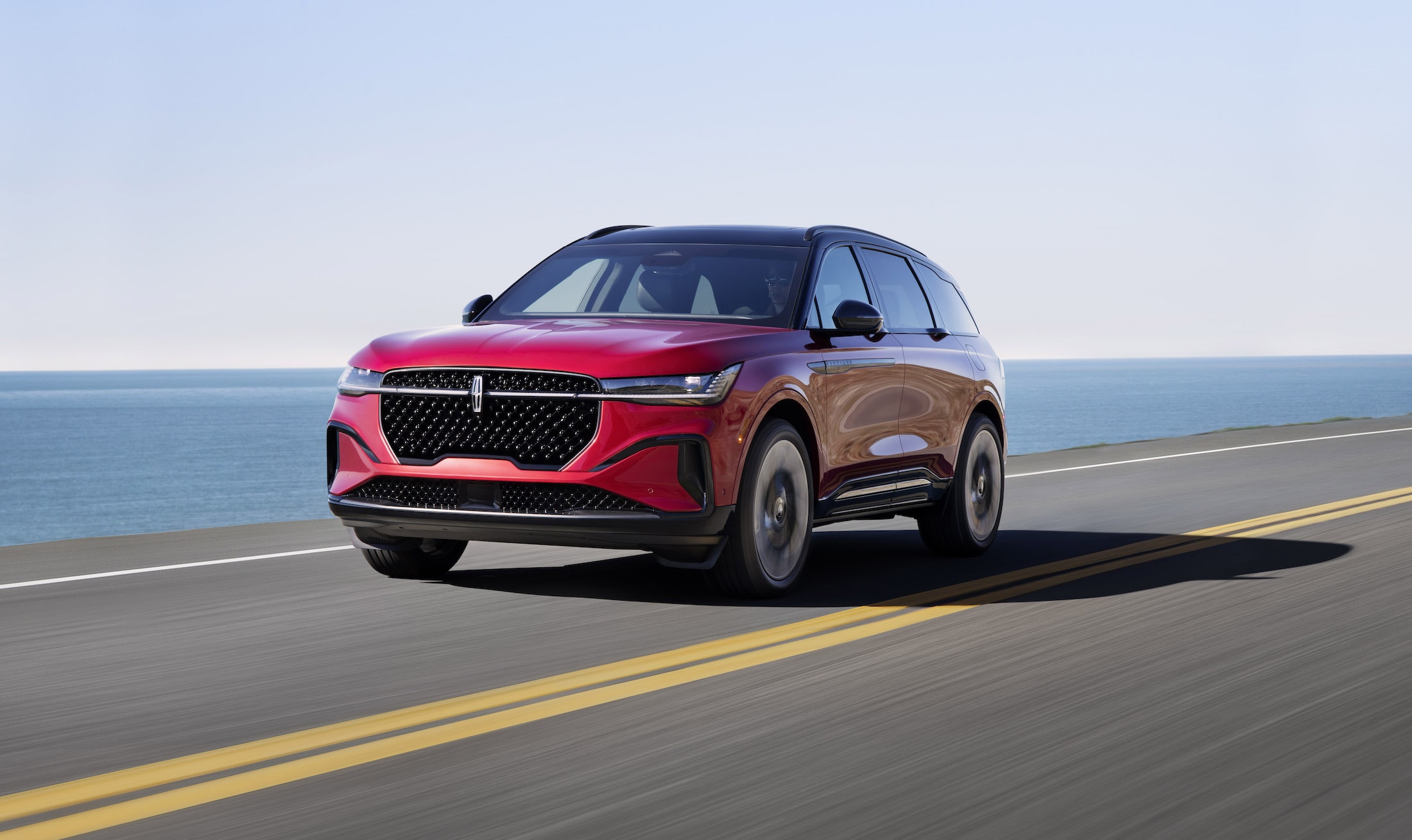The revival of AM radio is gaining momentum as lawmakers advocate for its mandatory inclusion in new vehicles. Despite its perceived obsolescence, AM broadcast offers a reliable and far-reaching communication channel, particularly crucial during emergencies. Senator Ed Markey’s bill aims to ensure that all cars sold in the United States are equipped with AM radio, providing a vital lifeline when other networks fail.
While some carmakers have opted to discontinue AM support, citing outdated technology, the proposed legislation prioritizes public safety and the need for accessible emergency information. The resurgence of AM radio highlights its enduring value as a reliable communication medium, especially in times of crisis.

By mandating AM radio inclusion in new vehicles, lawmakers seek to safeguard public safety and ensure that critical information reaches individuals on the road, even when other communication channels are disrupted. The debate surrounding the inclusion of AM radios in electric vehicles has reached a new intensity as lawmakers seek to ensure the availability of reliable emergency alerts during crises.
While automakers like Tesla and Rivian argue that AM radio is an outdated technology that can interfere with electric motors, proponents of the bill maintain that it remains a crucial lifeline, especially in rural areas and during natural disasters. The legislation mandates that all new vehicles be equipped with AM radios at no additional cost to consumers, a measure that automakers oppose, citing potential increases in manufacturing costs due to the need for redesigning electrical systems to mitigate interference.
As the bill progresses through the legislative process, the question of whether AM radio will remain a standard feature in future vehicles remains a subject of contention, with implications for both consumer convenience and public safety. While the digital age has ushered in a wave of new listening options for drivers, traditional AM and FM radio continue to hold their ground.

Despite the growing popularity of streaming platforms like Spotify and YouTube Music and the increasing integration of smartphones with vehicles through Android Auto and CarPlay, many drivers still rely on these analog broadcasting methods.
Recent research suggests that even in cars equipped with advanced infotainment systems, AM/FM radio remains a preferred choice for many. This enduring popularity highlights the practical value and convenience that these classic broadcasting technologies still offer in today’s automotive world.
Whether due to the familiarity of AM/FM radio, the reliability of their signal in various geographic locations, or the simple pleasure of tuning into a favorite station, drivers continue to appreciate the benefits these traditional broadcasting methods provide. While digital options may offer greater flexibility and access to a wider range of content, AM and FM radio remain a reliable and accessible choice for many motorists.

